Talakadu, Karnataka
Been there recently?
Part of the city that is close to the river Kaveri intrigues the visitor as it is barren rather than fertile. This area of more than 1500 acres is covered by sand! There is sand nowhere else, but in this place, there is sand everywhere. A cluster of six temples is seen here amidst the sandy terrain. These temples were fully covered in sand and not visible until 1991. Archaeological Survey of India excavated the place and out emerged these temples. There is a legend associated with why the temples went under the sand after the 17th century, but the legend has no supportive inscriptional evidence. Of these temples, the Vaidyanatheshwara temple stands out for its majestic architecture, beautiful ornate carvings, and artistic sculptures. It was built by Western Ganga kings in the 10th century, improved by Cholas during the 11th century, and subsequently by Hoysalas in the 14th century. Inscriptional evidence dates the history of this place back to the 4th century. Archaeologists opine that more than 20 temples lie buried under the sand, and historians claim that these temples were built from the 10th to the 17th century. Talakadu is approximately 50 kilometres from district headquarters Mysuru and about 130 kilometres from Bengaluru. The nearest rail and air links are at Mysuru.
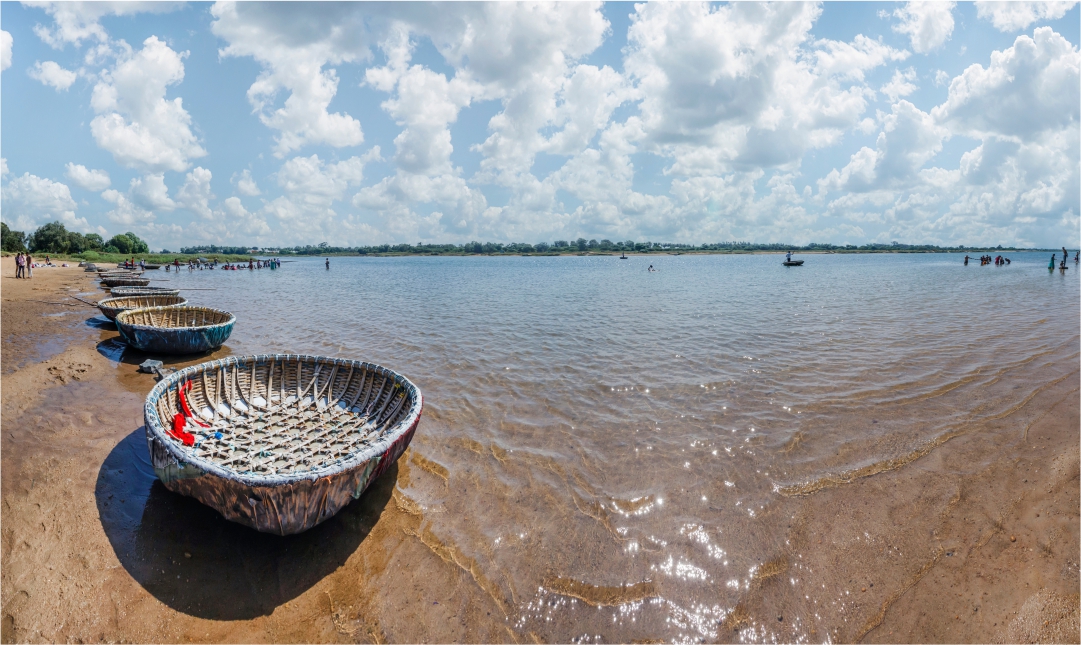
Nearby Places to See
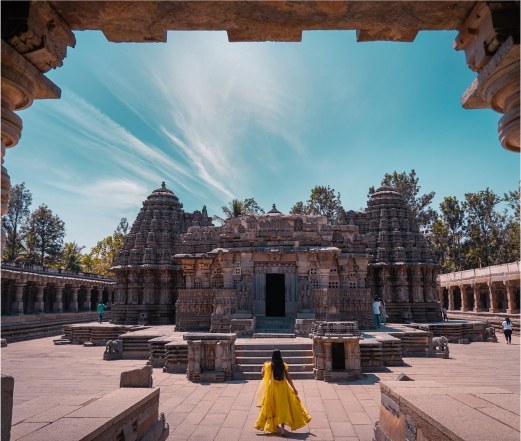
Somanathapura
One of the magnificent temples of Karnataka is at this place, 25 kilometres away from Talakadu. The Chennakeshava temple was built by a general of Hoysala king Narasimha III in 1258. This trikuta (three sanctums) temple is a visual treat. In architectural parlance, it is a complete temple, with sculptural perfections and artistic expressions beyond the realm of imagination. The Panchalingeshwara temple, with its five sanctums and five towers, is another ancient landmark of the village.
One of the magnificent temples of Karnataka is at this place, 25 kilometres away from Talakadu. The Chennakeshava temple was built by a general of Hoysala king Narasimha III in 1258. This trikuta (three sanctums) temple is a visual treat. In architectural parlance, it is a complete temple, with sculptural perfections and artistic expressions beyond the realm of imagination. The Panchalingeshwara temple, with its five sanctums and five towers, is another ancient landmark of the village.
Mudukutore
A religious place atop a small hill with a shrine of Mallikarjuna swamy. At a distance, the River Kaveri flowing in the plains presents a beautiful view. An ascent of about 200 steps leads to the temple. Mudukutore is located 6 kilometres away from a group of temples at Talakadu.
A religious place atop a small hill with a shrine of Mallikarjuna swamy. At a distance, the River Kaveri flowing in the plains presents a beautiful view. An ascent of about 200 steps leads to the temple. Mudukutore is located 6 kilometres away from a group of temples at Talakadu.
Nanjanagudu
About 46 kilometres away from Talakadu, there is a large ancient temple of Srikantheshwara at this place. It was built by the Cholas in the 12th century and improved by the Hoysalas and Vijayanagara kings.
About 46 kilometres away from Talakadu, there is a large ancient temple of Srikantheshwara at this place. It was built by the Cholas in the 12th century and improved by the Hoysalas and Vijayanagara kings.
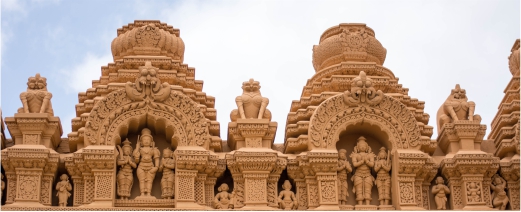
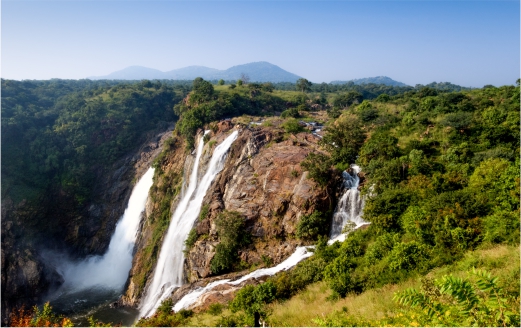
Gaganachukki and Bharachukki Waterfalls
These twin waterfalls are formed by the River Kaveri as it cascades down into a ravine about 35 kilometres from Talakadu. The river splits into two streams, with the left stream forming Gaganachukki Falls and the right stream forming Bharachukki Falls. Both waterfalls are to be viewed from separate points located 10 kilometres apart.
These twin waterfalls are formed by the River Kaveri as it cascades down into a ravine about 35 kilometres from Talakadu. The river splits into two streams, with the left stream forming Gaganachukki Falls and the right stream forming Bharachukki Falls. Both waterfalls are to be viewed from separate points located 10 kilometres apart.
B R Hills
Known as Biligiri Rangana Hills, it is located about 50 kilometres away from Talakadu. The cliff on the hill appears to be white in colour, hence the name “Bili” giri, where Bili translates into “white.” The hill is amidst thick forests with a variety of flora and fauna and is a protected place. Apart from animals, more than 200 species of birds are recorded here. Trekking and rafting enthusiasts frequent this place, with rafting activities held in the Kaveri River flowing nearby. This wildlife sanctuary is unique and very important to wildlife traffic as it forms a bridge connecting the western ghats and the eastern ghats. The Ranganatha temple on the summit is frequented by devotees around the year.
Known as Biligiri Rangana Hills, it is located about 50 kilometres away from Talakadu. The cliff on the hill appears to be white in colour, hence the name “Bili” giri, where Bili translates into “white.” The hill is amidst thick forests with a variety of flora and fauna and is a protected place. Apart from animals, more than 200 species of birds are recorded here. Trekking and rafting enthusiasts frequent this place, with rafting activities held in the Kaveri River flowing nearby. This wildlife sanctuary is unique and very important to wildlife traffic as it forms a bridge connecting the western ghats and the eastern ghats. The Ranganatha temple on the summit is frequented by devotees around the year.
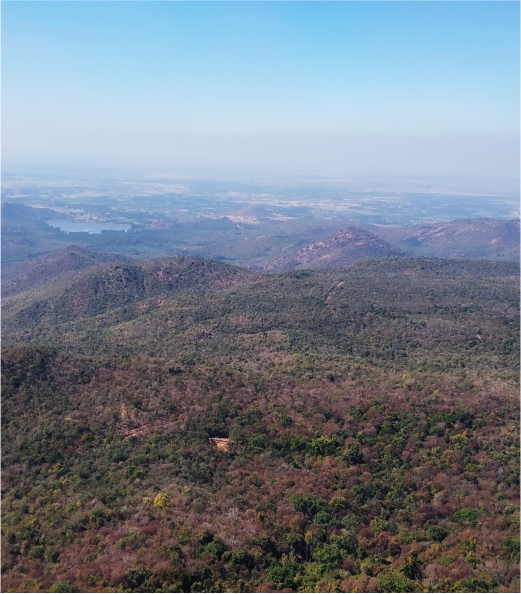

-
Destination



